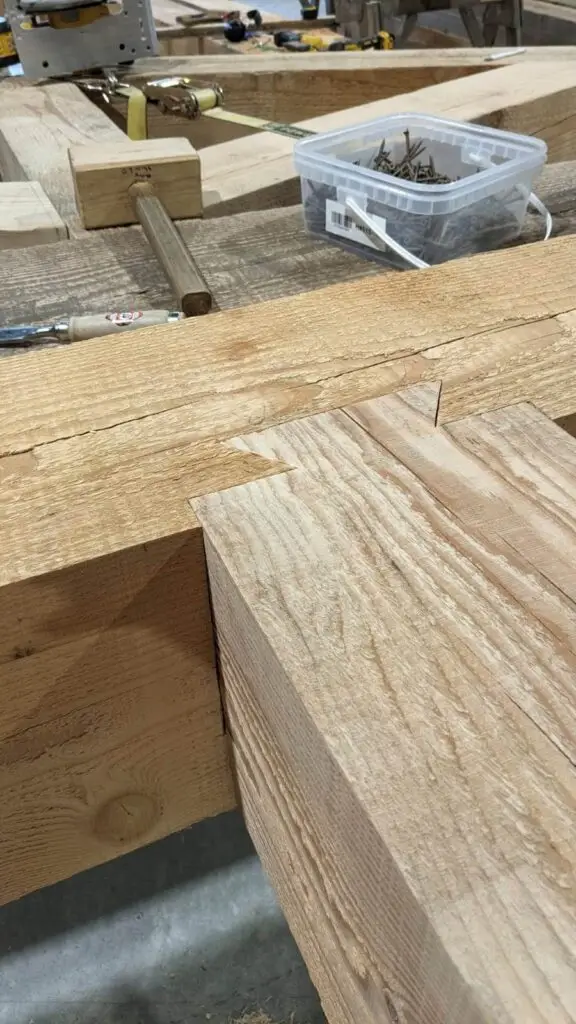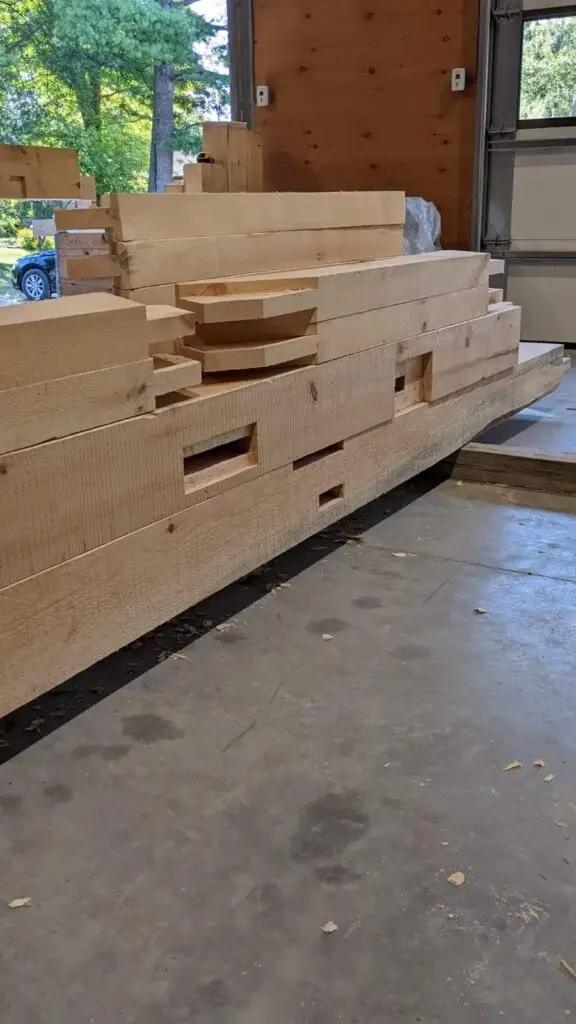
Introduction:
In the wide history of architectural designs, traditional timber framing stands as a time-honored technique that has shaped structures for centuries. Rooted in craftsmanship and sustainability, this method has left a permanent mark on the built environment. Join us as we journey through the history of traditional timber framing, exploring its origins, key features, and enduring influence on architectural heritage.
Origins:
Traditional timber framing dates back to ancient civilizations, with evidence of its use found in structures across Europe, Asia, and the Americas. In medieval Europe, timber-framed buildings became iconic, characterized by their exposed wooden beams and intricate joinery. Craftsmen honed their skills, passing down the art of timber framing through generations.
Key Features:
At the heart of traditional timber framing is a structural system that relies on carefully fitted wooden joints, eliminating the need for metal fasteners. The frame typically consists of vertical posts, horizontal beams, and diagonal braces, creating a robust skeleton for the building. This construction method emphasizes the strength and durability of wood, showcasing its ability to withstand the test of time.
Cultural Significance:
Traditional timber framing is more than mere construction; it’s a cultural identity and genuine craftsmanship. From medieval European timber-framed houses to Japanese tea houses, each structure tells a story of local traditions and architectural innovation. The distinct aesthetic of exposed timber frames has become synonymous with authenticity and a connection to the past.
Revival and Modern Influence:
While new construction materials and techniques has led to a decline in traditional timber framing during the industrial era, there has been a revival in recent decades. Architects and builders are rediscovering the beauty and sustainability of timber framing, incorporating it into modern designs. This come back reflects a growing appreciation for the aesthetic and environmental benefits of traditional construction methods.
Conclusion:
Traditional timber framing, with its rich history and enduring charm, continues to captivate admirers around the globe. Beyond its structural integrity, this method embodies a cultural legacy that resonates through the ages. As architects and homeowners embrace the principles of sustainability, the timeless appeal of traditional timber framing finds a new place in contemporary design, weaving a seamless connection between the past and the present.

What a rich history!